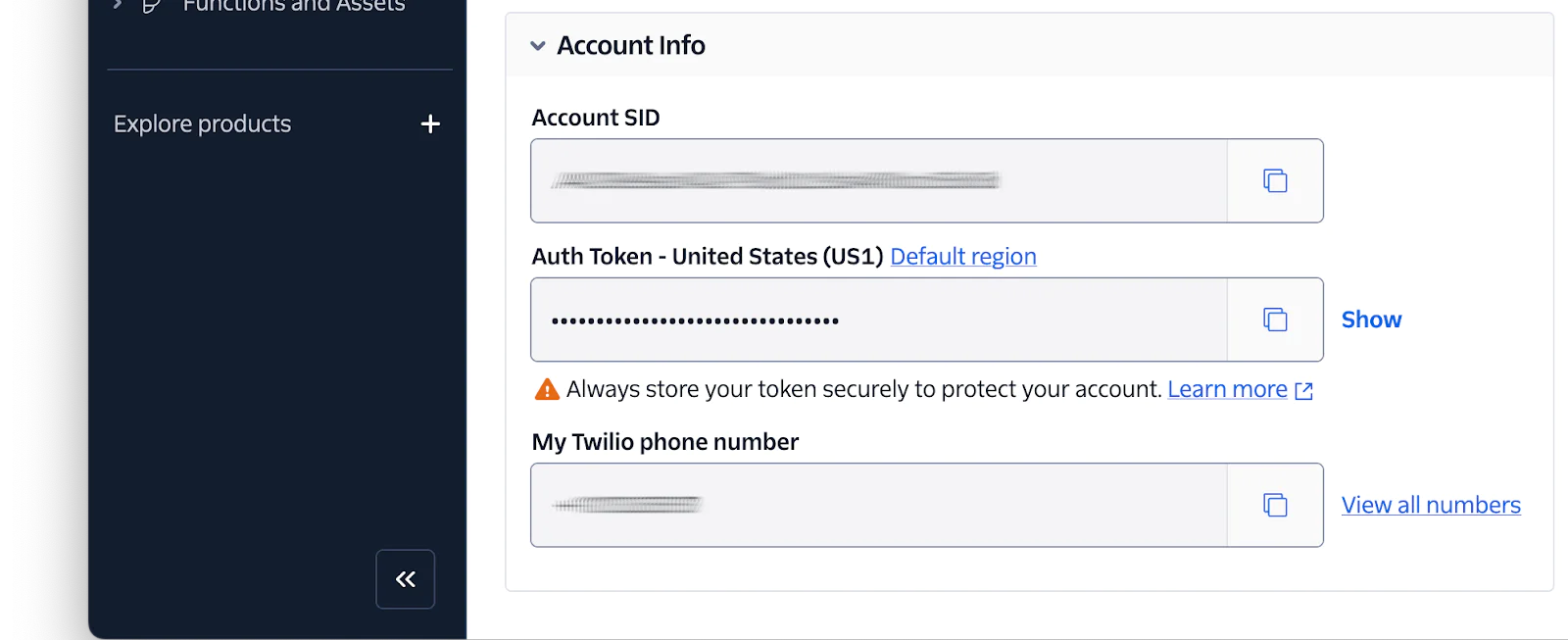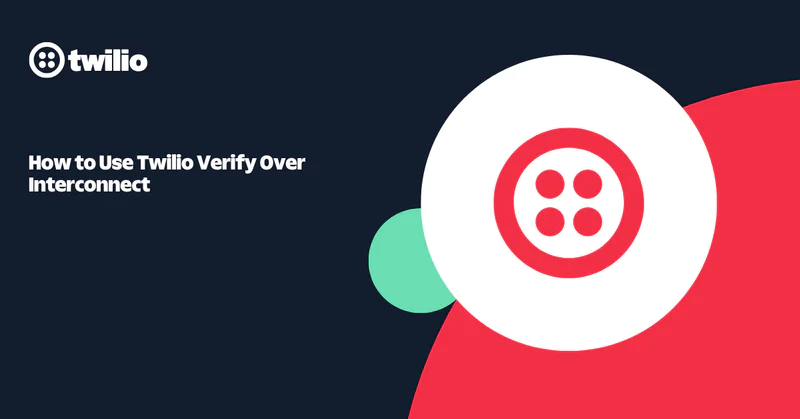How to Validate Twilio Event Streams Webhooks in Go
Time to read:
How to Validate Twilio Event Streams Webhooks in Go
One of Twilio's stand out features is Event Streams Webhooks! These let your application know when specific events happen, such as a shortened link was clicked, an SMS was successfully delivered, read, or sent, or a Verify verification was approved.
The webhooks include comprehensive details of the event, such as the body of an incoming message, the phone or WhatsApp number it was sent from, and the event's name. With that information, your application can become extremely flexible and powerful.
However, your applications should validate webhooks just like any other request, so that you know it came from Twilio — not a malicious actor.
Gladly, Twilio makes this almost trivial as each webhook request is signed. This signature, in combination with your account's Auth Token, the body of the webhook, and the request URL, can be used to verify that the webhook came from Twilio and that it has not been tampered with.
In this short tutorial, you're going to learn how to do just that in Go, using Twilio's Go Helper Library.
Let's begin.
Prerequisites
To follow along with this tutorial, you'll need the following:
- Go 1.22 or above
- ngrok and an an ngrok account (whether free or paid)
- A Twilio account (either free or paid). If you are new to Twilio, click here to create a free account.
- Your preferred text editor or IDE
How the code will work
The code will be pretty small; a web app with one route (/webhook). This route will receive webhook requests from Twilio. When requests are received, the app will validate them. If the request is valid, it will write "Valid signature" to the app's output. If not, "Invalid signature" will be written instead.
Create the core of the project
Wherever you store your Go projects, run the commands below to create a new project directory and change into it.
If you're using Microsoft Windows, don't worry about the -p option, as it's not required.
Add the required packages
The next thing to do is to install the two required packages. To install them, run the following command:
Configure the required environment variables
You next need to set two environment variables which the app needs so that it can validate the webhook; these are NGROK_URL and TWILIO_AUTH_TOKEN.
To set them, create a new file named .env in the project's top-level directory. Then, in that file paste the configuration below.


Next, in the Account Dashboard of your Twilio Console, copy your Auth Token and paste it into .env in place of <TWILIO_AUTH_TOKEN>.
Write the Go code
Start by creating a file named main.go in the project's top-level (root) directory. Then, in that file, add the following code:
The code defines a function named validateWebhook(), which handles requests to the application's default route. The function starts off by retrieving the request's body as a byte array. If this fails, it prints a log message so that we know something went wrong and returns from the function.
Otherwise, it:
- Initialises a
client.RequestValidatorobject with your Twilio Auth Token to simplify validating the request - Retrieves the requested URL (built from a combination of the base URL, defined in
NGROK_URL(which will be set shortly), the route's path (/webhook), and the request's query string) - Retrieves the request signature contained in the "X-Twilio-Signature" header
It passes these three variables to the call to ValidateBody() to determine if the request is valid. If the request is valid, it writes "Valid signature" to the application's output. Otherwise, it writes "Invalid signature".
Make the application publicly accessible
You next need to expose the application to the public internet, so that Twilio can send webhook requests to it. To do that, we're going to use ngrok, by running the command below.
Run the command below to create a secure tunnel to port 4000; the application doesn't need to be running for this to work.
In the terminal's output, you'll see a Forwarding URL. Copy that and paste it into .env in place of <NGROK_URL>.


Create a Sink
The next step is to create a Sink. A sink is the destination where events will be sent. Conveniently, they also allow sending a test event to validate the integration works as expected.


To create one, in the Twilio Console, navigate to Explore Products > Developer Tools (right near the bottom of the page) > Event Streams. There, click "Create new sink" to start the process.


Then, set Sink description to "Validate Webhook Sink", set sink type to "Webhook", and click "Next step".


After that, set Destination to the Forwarding URL printed by ngrok to the terminal, with "/webhook" at the end, leave Method set to "POST", and click Finish. Then, in the confirmation popup that appears, click "View Sink Details", taking you to the sink's properties page.
Test that the application works
Right, let's check that the code works as expected. To do that, first start the application listening on port 4000 by running the following command in your terminal.
Now, back in the Twilio Console, on the Sink resource's properties page, click "Send test event".


Back in your terminal, you should see output similar to the following printed to the terminal if the webhook was valid:
That's how to how to validate Twilio Event Streams webhooks in Go
There's a (little) bit to do to get it all set up and running. However, after it's done, you can now validate that the webhook data you receive truly is from Twilio. Remember, no input should ever be trusted unconditionally.
Feel free to use the repository on GitLab, or to contribute to it.
Matthew Setter is a PHP and Go editor in the Twilio Voices team and a PHP and Go developer. He’s also the author of Mezzio Essentials and Deploy With Docker Compose. You can find him at msetter[at]twilio.com and on LinkedIn and GitHub.
Related Posts
Related Resources
Twilio Docs
From APIs to SDKs to sample apps
API reference documentation, SDKs, helper libraries, quickstarts, and tutorials for your language and platform.
Resource Center
The latest ebooks, industry reports, and webinars
Learn from customer engagement experts to improve your own communication.
Ahoy
Twilio's developer community hub
Best practices, code samples, and inspiration to build communications and digital engagement experiences.


